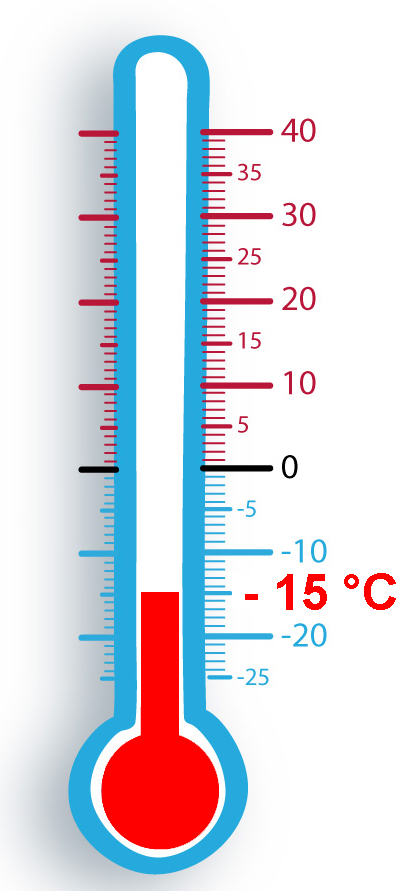Long periods of climatic cooling were dismissed by EDF (Electricity of France) and other managers of nuclear installations of Complimentary Evaluations of Safety post-Fukushima.
 The Nuclear Safety Authority, in the assessment of these targeted inspections of 2011 notice that the inclusion of clogging the pumping station from the waterworks station to cool the nuclear reactors is heterogeneous and that the preventive arrangements and practices must be improved. The cooling of a reactor is the most important function in order to guarantee the safety of the installation during its standard or degraded running. For example, the massive arrivals of clogging over recent years have affected the use of the waterworks station in Fessehheim, Cruas, Blayais, and Flamanville. These include proliferating algae or debris and waste mobilized by flooding or alevin. In January 2009, after a very cold night, an obstruction of the intake channel grid for cooling water by ice crystals was recorded at the Chooz reactor, which lead to a rapid decline in the discharge rate of pumps, which was supposed to guarantee the cooling of the reactor. The involvement of firefighters was necessary. Following this incident with frazil ice, IRSN (Institute of Radioprotection and of Nuclear Safety) emphasized in December 2009 and in January 2011, the importance of “periodically re-examine on the sufficiency of provisions of protection against climatic phenomenon’s”.
The Nuclear Safety Authority, in the assessment of these targeted inspections of 2011 notice that the inclusion of clogging the pumping station from the waterworks station to cool the nuclear reactors is heterogeneous and that the preventive arrangements and practices must be improved. The cooling of a reactor is the most important function in order to guarantee the safety of the installation during its standard or degraded running. For example, the massive arrivals of clogging over recent years have affected the use of the waterworks station in Fessehheim, Cruas, Blayais, and Flamanville. These include proliferating algae or debris and waste mobilized by flooding or alevin. In January 2009, after a very cold night, an obstruction of the intake channel grid for cooling water by ice crystals was recorded at the Chooz reactor, which lead to a rapid decline in the discharge rate of pumps, which was supposed to guarantee the cooling of the reactor. The involvement of firefighters was necessary. Following this incident with frazil ice, IRSN (Institute of Radioprotection and of Nuclear Safety) emphasized in December 2009 and in January 2011, the importance of “periodically re-examine on the sufficiency of provisions of protection against climatic phenomenon’s”.
The feedback from these serious incidents has not been systematically incorporated in all the nuclear power plants. Thus ASN deplores the lack of a cold source engineer at the Cattenom power station. However ASN chastens its concern and its critique in explaining that “the site of Cattenom however is less sensitive to the risks of the loss of the cold source due to the presence of the Mirgenbach Lake that brings a reserve water supply of cooling for several weeks, in case of a principal cold source loss that constitutes the Moselle (French region)”.
Indeed, but in February, the Mirgenbach Lake is susceptible to be frozen as well as the waterway that connects the Cattenom nuclear reactors.
It is therefore time to “re-examine” this winter hazard.
Robin des Bois requests that IRSN, ASN, and EDF communicate in real-time on the effectiveness of preventive and curatives agreements aiming to avoid the unavailability of cooling water or protection for each nuclear site targeted by the persistent cold weather in France.
 Imprimer cet article
Imprimer cet article









